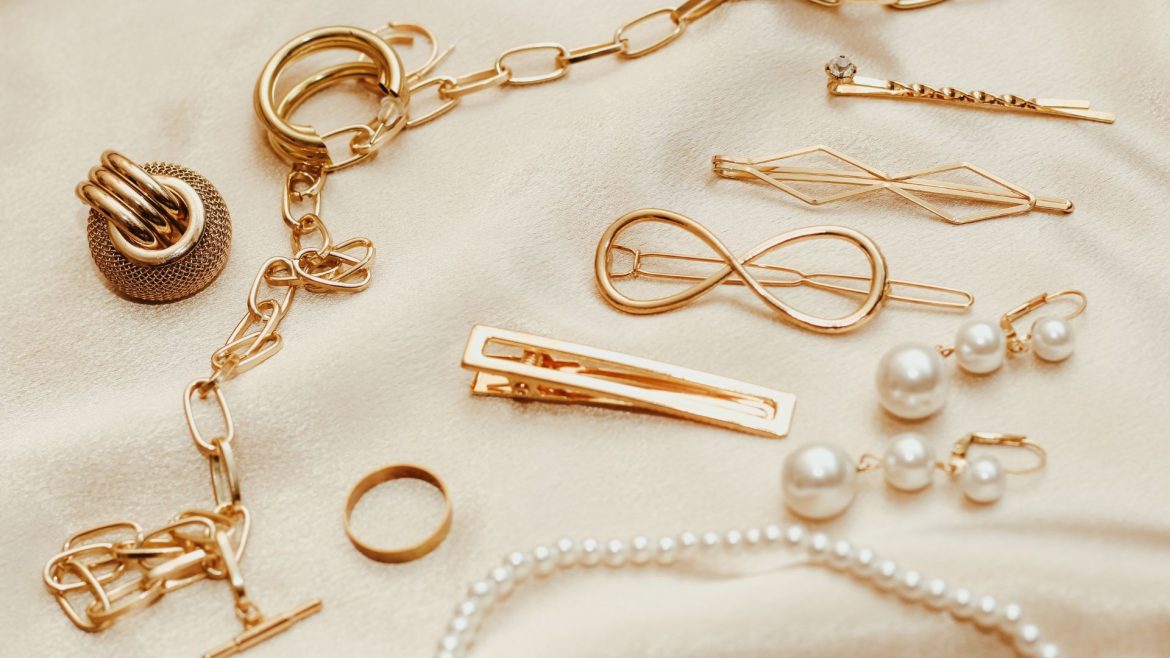If you’re studying jewelry design, your portfolio isn’t just an assignment—it’s your golden ticket to future opportunities. Whether you’re aiming for a competitive apprenticeship, securing your first big client, or applying for advanced studies, a strong portfolio showcases your skills, creativity, and technical expertise. The challenge? Building one while you’re still in school. The good news? You have access to workshops, instructors, and plenty of opportunities to create and refine your work.
Start Early and Stay Organized
A great portfolio isn’t something you throw together at the last minute. It’s something you build gradually, piece by piece, while attending one of the best universities for jewelry design. Start saving everything from the moment you begin school—sketches, prototypes, finished pieces, and even ideas that didn’t work out. Not everything will make it into the final version, but having a large pool to choose from will help you curate your strongest work later.
Photography is key. Every design should be documented properly, with high-quality images that highlight details. Keep a digital backup in case of lost physical pieces, and update your portfolio regularly as your skills improve.
Develop a Signature Style
Your portfolio should reflect your creativity and versatility, but it should also give a sense of your unique artistic voice. Think about what draws you to jewelry design—do you love working with unconventional materials? Do you prefer delicate, intricate detailing, or bold statement pieces? Having a recognizable style doesn’t mean sticking to one aesthetic forever, but a consistent thread running through your work will make your portfolio more cohesive and memorable.
At the same time, variety is important. Employers and clients want to see that you can work with different techniques and materials. Including a mix of metalwork, stone setting, CAD designs, and experimental pieces will show the full range of your abilities.
Master Presentation and Photography
A beautiful piece of jewelry won’t shine if it’s photographed poorly. While professional photography can be a great investment, you can also take high-quality photos yourself with the right techniques. Use soft, natural lighting to avoid harsh shadows or reflections, and choose a clean, neutral background that won’t distract from the piece. Show your work from multiple angles, including close-ups of intricate details. If a design has a unique clasp or hidden engraving, make sure to capture that too.
Beyond photos, the way your portfolio is structured matters. Whether it’s digital or physical, it should flow smoothly and be easy to navigate. A cluttered, disorganized portfolio can make even the most stunning work look unimpressive.
Show Your Creative Process
A portfolio isn’t just about finished pieces—it should also tell the story of how you got there. Including sketches, mood boards, and work-in-progress shots can make your work feel more dynamic and give potential employers insight into your creative thinking. If you experimented with different materials or had to problem-solve along the way, showcase that.
A short description alongside each piece can add even more depth. Explain what inspired the design, what techniques you used, and any challenges you overcame. Keep it brief but engaging. This will make your portfolio feel more personal rather than just a collection of images.
Gain Real-World Experience While in School
Even before you graduate, you can find opportunities to add professional-quality work to your portfolio. Entering jewelry design competitions can be a great way to push your creativity and earn industry recognition. Many competitions offer prizes, but even if you don’t win, having your work displayed or shortlisted can add prestige to your portfolio.
Internships and apprenticeships are another valuable way to gain experience. Working under an experienced jeweler, even in a part-time role, will expose you to real-world techniques and industry standards. If an internship isn’t an option, consider selling your work. Setting up an Etsy shop or participating in local craft markets can provide valuable customer feedback while proving that your designs have commercial appeal.
Collaboration is another smart way to strengthen your portfolio. Teaming up with fashion students, photographers, or stylists can help you create professional-level images of your jewelry being worn, which adds depth and context to your work.
Keep Your Portfolio Polished and Professional
Presentation matters. A strong portfolio isn’t just about what’s in it, but how it’s put together. A physical portfolio should be neatly arranged, with high-quality prints and a professional layout. If you’re creating a digital portfolio, platforms like Behance, Adobe Portfolio, or a personal website can make your work look polished and accessible.
Make navigation easy. Arrange your pieces in a logical order—either by theme, material, or type of work. Grouping similar pieces together helps showcase your strengths in a structured way rather than feeling like a random collection. And always keep your portfolio updated. As your skills improve, remove weaker pieces and replace them with new, stronger work.
Add a Personal Touch
Beyond your jewelry, your portfolio should introduce you as a designer. A short bio explaining your inspirations, techniques, and goals can help potential employers or clients connect with your work on a deeper level. Keep it professional but engaging—let your passion for jewelry design come through.
A strong portfolio is more than just a requirement for school—it’s a tool that can open doors to exciting opportunities in the industry. By starting early, refining your skills, and presenting your work in the best possible light, you’ll be setting yourself up for success from the very beginning.

